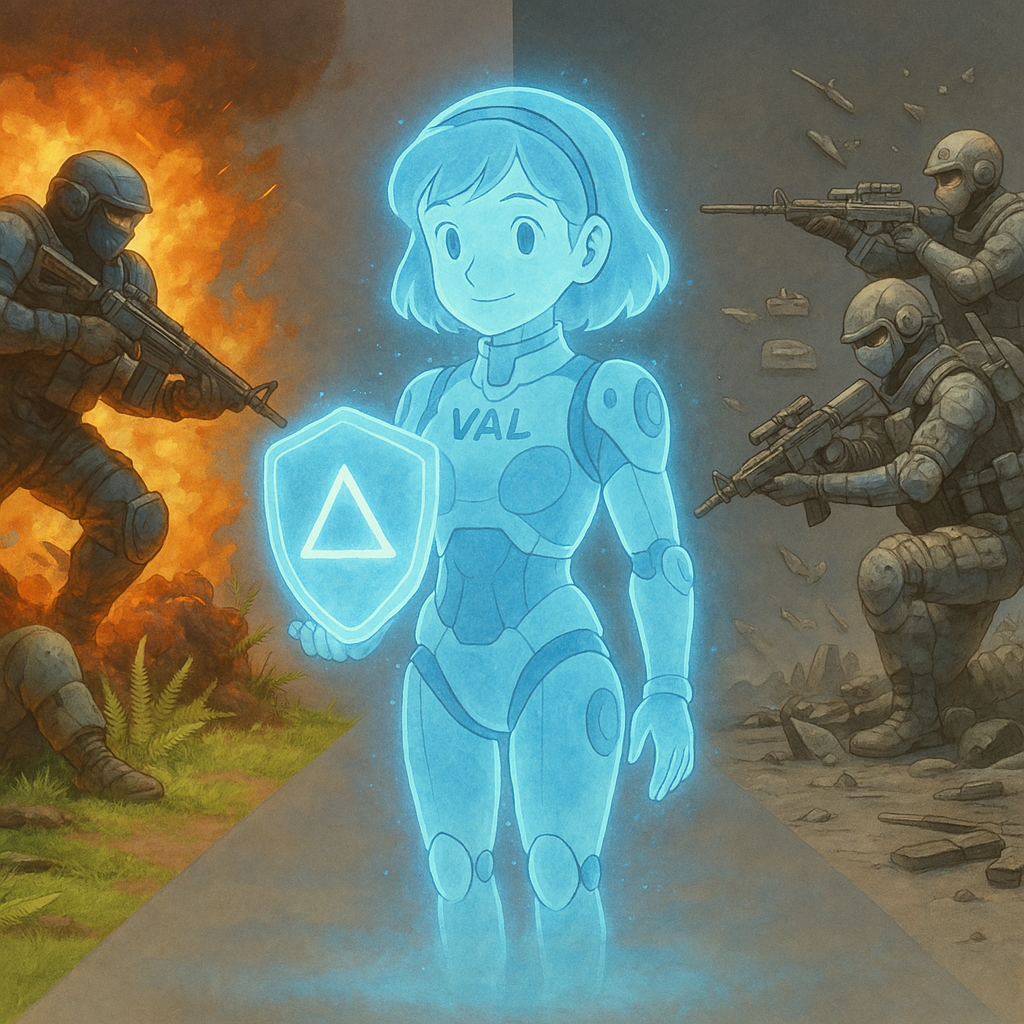Reducing the Risk of Violence Promotion in Gameplay: A Guide for Parents and Gamers
For whom: Parents, gamers, and developers concerned about the impact of violence in video games.
TLDR: Video games can be immersive and engaging, but concerns about violence promotion persist. By implementing responsible game design, parental guidance, and community-driven safety measures, we can foster healthier gaming environments that encourage positive interactions.
CTA: Take proactive steps today—set parental controls, encourage critical thinking about game content, and advocate for ethical game design.
Reading time: 5 minutes
The Debate: Do Video Games Promote Violence?
For years, debates have raged over whether video games encourage violent behavior. While research remains inconclusive, certain aspects of gameplay—such as reward systems that favor violent actions—can influence player behavior. However, this doesn’t mean all violent games are harmful. With the right measures in place, we can mitigate potential risks and foster a healthier gaming experience.
1. The Role of Game Design in Reducing Violence
Developers play a crucial role in shaping the gaming experience. Here’s how responsible game design can reduce the promotion of violence:
- Content Moderation: Implement AI-driven tools to detect and limit extreme violent content, especially in user-generated content.
- Diverse Narratives: Encourage non-violent solutions within the game’s storyline, such as diplomacy, cooperation, or problem-solving.
- Balanced Reward Systems: Avoid designing mechanics where violence is the easiest or most rewarding strategy.
- Player Choice & Agency: Offer alternative ways to progress without relying solely on violent actions.
2. Age Appropriateness and Parental Control
Parents can take active steps to ensure their children engage with age-appropriate content:
- Utilize Rating Systems: Organizations like ESRB and PEGI provide content ratings that help identify age-appropriate games.
- Parental Controls: Many consoles and game platforms offer parental controls to restrict violent content and screen time.
- Open Communication: Discuss the themes of games with children and encourage critical thinking about their impact.
3. Creating Safe Gaming Environments
Community interactions can significantly shape a player’s gaming experience. Steps to promote a positive environment include:
- Safe Spaces: Game developers should implement robust reporting and moderation systems to prevent toxic behavior.
- Education & Awareness: Gamers should be educated about the impact of violent content and how to engage responsibly.
- Encouraging Positive Social Interactions: Games can introduce cooperative and team-based modes that emphasize problem-solving over aggression.
4. Industry Standards and Regulation
Governments and game developers can work together to uphold responsible gaming standards:
- Compliance with Global Regulations: Ensuring adherence to laws that limit excessive violent content in games targeted at younger audiences.
- Industry Self-Regulation: Developers should voluntarily follow ethical guidelines to balance realism and responsibility in their storytelling.
5. Player Empowerment: Making Informed Choices
Gamers themselves can take responsibility for how they interact with violent content in games:
- Choose Games Wisely: Opt for games that align with personal values and ethical considerations.
- Recognize In-Game Consequences: Some games include realistic repercussions for violent actions—this can reinforce responsible decision-making.
- Promote Positive Gaming Culture: Lead by example by advocating for respectful gameplay and discouraging toxicity.
6. Ethical Considerations in Game Development
The gaming industry should prioritize ethical storytelling:
- Avoiding the Glorification of Violence: Violence should not be portrayed as the only or best solution to challenges.
- Breaking Harmful Stereotypes: Game narratives should challenge, rather than reinforce, negative tropes about violence and aggression.
Conclusion
While video games are not inherently harmful, we must take steps to ensure they do not promote violent behavior irresponsibly. By integrating ethical game design, fostering safe gaming communities, and encouraging mindful gaming habits, we can make gaming a safer and more positive experience for all.


